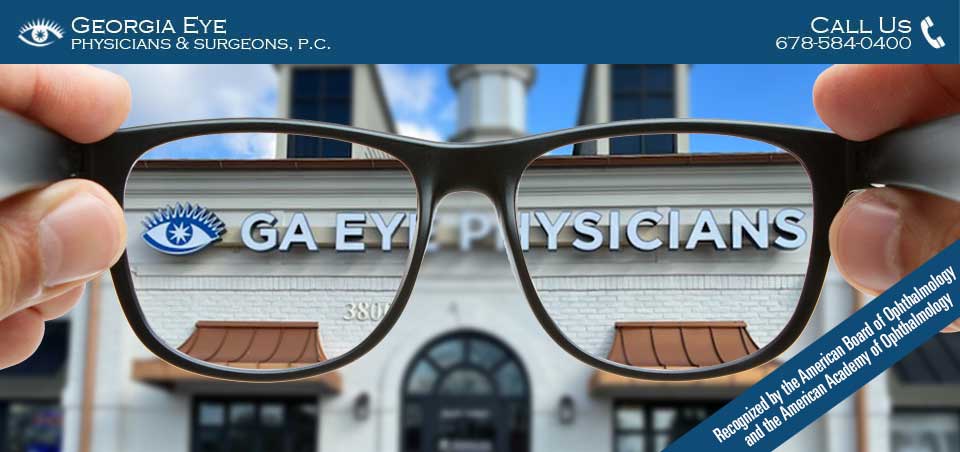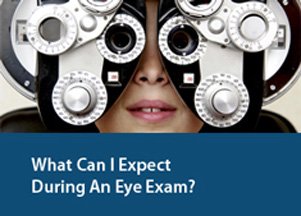Recognizing the Symptoms of Eye Disease
One of the most difficult things about treating eye problems is that people sometimes do not bring them to our attention until it is too late. When a person uses their eyesight every day, subtle changes in vision can often go unnoticed and symptoms are easily dismissed. That is why Dr. William Segal and Dr. Marc Lay at Georgia Eye Physicians and Surgeons recommend that our patients undergo comprehensive medical eye examinations in addition to routine vision exams on a regular basis. These exams are the best ways to catch eye problems early, often before serious symptoms can manifest and have long term effects on your vision. Any change in your vision is potentially a cause for concern, and here are some of the more serious symptoms that you should lookout for.
Cloudy and Hazy Vision
Not unlike a dirty or damaged windshield of a car, cataracts are subtle imperfections in the clear lenses of the eyes that diffract, or spread, the light as it passes through, making it appear as though you are seeing the world through a thick fog. This will significantly increase the glare from headlights, lamps, or sunlight, make colors look dull and faded, potentially cause double vision, and reduce your ability to see at night. When cataracts progress to the point that they begin to seriously impair vision the clouded lenses can be replaced using intraocular lens replacement surgery.
A Central Blurry Spot
When yellow deposits of fatty protein, called drusen, accumulate on the macula, the central portion of the retina, they can interfere with the eye’s ability to focus clearly. This results in a blurry spot right in the center of the field of vision that slowly grows larger and darker until there is a single dark grey spot floating right in front of your eyes. In some cases, the deposits may only distort the image rather than blurring it or blocking it entirely, which will make straight lines appear wavy. When caught early, the progression of this macular degeneration can be slowed with dietary changes, special medicines and vitamins, or advanced forms of laser therapy.
Dark Tunnel Vision
Glaucoma is often considered one of the more insidious forms of eye disease because it often has no discernable symptoms until its latest stages, after permanent damage to the optic nerve has already occurred. As it progresses, patients often notice a narrowing of the side, or peripheral, vision, as though they were looking at the world from the bottom of a deep well. They may also notice a “halo” effect around bright lights and have difficulties focusing. Although there is no cure for glaucoma, early detection and treatment can slow its progression and help prevent serious vision loss. In fact, at Georgia Eye Physicians and Surgeons, we are currently participating in a year-long research study to test the effectiveness of a new form of glaucoma treatment.
Excessive Floaters
Normally harmless, floaters are tiny bits of material that float in the clear fluid the fills the eye, casting shadows on the light-sensitive cells of the retina. However, excessive floaters that last for longer than a few days can be a sign of bleeding in the back of the eye which may, in turn, be a sign of a condition called retinopathy. Commonly a complication arising from untreated diabetes or high blood pressure, retinopathy can often be controlled with healthy lifestyle changes.
If you have any concerns about your vision, or any questions about how to best maintain the health of your eyes, please contact Georgia Eye Physicians and Surgeons to schedule an eye exam with Dr. William Segal or Dr. Marc Lay. Be sure to follow us on Facebook, Twitter, and Google+ for more information on how to keep your vision clear and healthy.













